Audi 2009 Annual Report Download - page 78
Download and view the complete annual report
Please find page 78 of the 2009 Audi annual report below. You can navigate through the pages in the report by either clicking on the pages listed below, or by using the keyword search tool below to find specific information within the annual report.-
 1
1 -
 2
2 -
 3
3 -
 4
4 -
 5
5 -
 6
6 -
 7
7 -
 8
8 -
 9
9 -
 10
10 -
 11
11 -
 12
12 -
 13
13 -
 14
14 -
 15
15 -
 16
16 -
 17
17 -
 18
18 -
 19
19 -
 20
20 -
 21
21 -
 22
22 -
 23
23 -
 24
24 -
 25
25 -
 26
26 -
 27
27 -
 28
28 -
 29
29 -
 30
30 -
 31
31 -
 32
32 -
 33
33 -
 34
34 -
 35
35 -
 36
36 -
 37
37 -
 38
38 -
 39
39 -
 40
40 -
 41
41 -
 42
42 -
 43
43 -
 44
44 -
 45
45 -
 46
46 -
 47
47 -
 48
48 -
 49
49 -
 50
50 -
 51
51 -
 52
52 -
 53
53 -
 54
54 -
 55
55 -
 56
56 -
 57
57 -
 58
58 -
 59
59 -
 60
60 -
 61
61 -
 62
62 -
 63
63 -
 64
64 -
 65
65 -
 66
66 -
 67
67 -
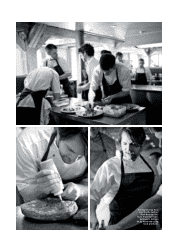 68
68 -
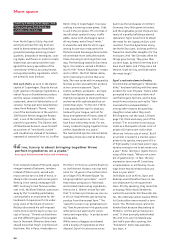 69
69 -
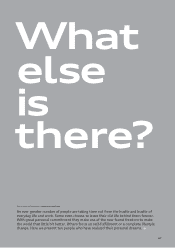 70
70 -
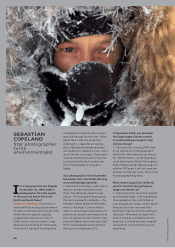 71
71 -
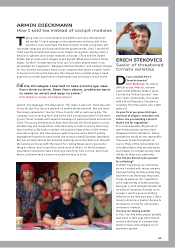 72
72 -
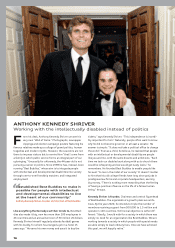 73
73 -
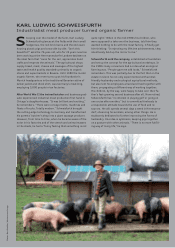 74
74 -
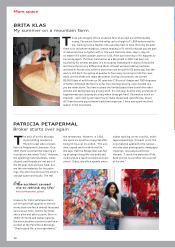 75
75 -
 76
76 -
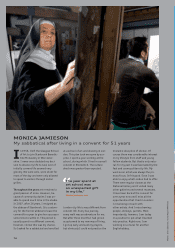 77
77 -
 78
78 -
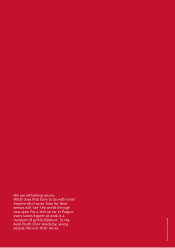 79
79 -
 80
80 -
 81
81 -
 82
82 -
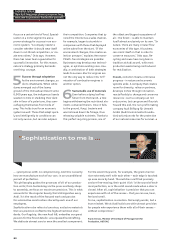 83
83 -
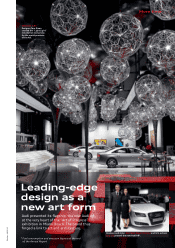 84
84 -
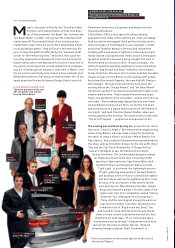 85
85 -
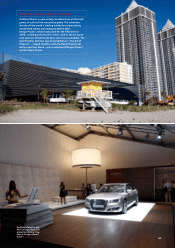 86
86 -
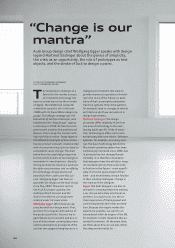 87
87 -
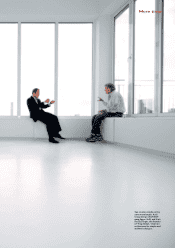 88
88 -
 89
89 -
 90
90 -
 91
91 -
 92
92 -
 93
93 -
 94
94 -
 95
95 -
 96
96 -
 97
97 -
 98
98 -
 99
99 -
 100
100 -
 101
101 -
 102
102 -
 103
103 -
 104
104 -
 105
105 -
 106
106 -
 107
107 -
 108
108 -
 109
109 -
 110
110 -
 111
111 -
 112
112 -
 113
113 -
 114
114 -
 115
115 -
 116
116 -
 117
117 -
 118
118 -
 119
119 -
 120
120 -
 121
121 -
 122
122 -
 123
123 -
 124
124 -
 125
125 -
 126
126 -
 127
127 -
 128
128 -
 129
129 -
 130
130 -
 131
131 -
 132
132 -
 133
133 -
 134
134 -
 135
135 -
 136
136 -
 137
137 -
 138
138 -
 139
139 -
 140
140 -
 141
141 -
 142
142 -
 143
143 -
 144
144 -
 145
145 -
 146
146 -
 147
147 -
 148
148 -
 149
149 -
 150
150 -
 151
151 -
 152
152 -
 153
153 -
 154
154 -
 155
155 -
 156
156 -
 157
157 -
 158
158 -
 159
159 -
 160
160 -
 161
161 -
 162
162 -
 163
163 -
 164
164 -
 165
165 -
 166
166 -
 167
167 -
 168
168 -
 169
169 -
 170
170 -
 171
171 -
 172
172 -
 173
173 -
 174
174 -
 175
175 -
 176
176 -
 177
177 -
 178
178 -
 179
179 -
 180
180 -
 181
181 -
 182
182 -
 183
183 -
 184
184 -
 185
185 -
 186
186 -
 187
187 -
 188
188 -
 189
189 -
 190
190 -
 191
191 -
 192
192 -
 193
193 -
 194
194 -
 195
195 -
 196
196 -
 197
197 -
 198
198 -
 199
199 -
 200
200 -
 201
201 -
 202
202 -
 203
203 -
 204
204 -
 205
205 -
 206
206 -
 207
207 -
 208
208 -
 209
209 -
 210
210 -
 211
211 -
 212
212 -
 213
213 -
 214
214 -
 215
215 -
 216
216 -
 217
217 -
 218
218 -
 219
219 -
 220
220 -
 221
221 -
 222
222 -
 223
223 -
 224
224 -
 225
225 -
 226
226 -
 227
227 -
 228
228 -
 229
229 -
 230
230 -
 231
231 -
 232
232 -
 233
233 -
 234
234 -
 235
235 -
 236
236 -
 237
237 -
 238
238 -
 239
239 -
 240
240 -
 241
241 -
 242
242 -
 243
243 -
 244
244 -
 245
245 -
 246
246 -
 247
247 -
 248
248 -
 249
249 -
 250
250 -
 251
251 -
 252
252
 |
 |

ouglas Tompkins is wearing a beret and dark rubber
boots. At 66 years old, he no longer fits the image of
the fashion market superstar he once was, but then
again the southern Patagonian wilderness is not exactly the
right kind of backdrop for fashion and short-lived trends.
Tompkins has long since swapped his executive office at textile
groups The North Face and Esprit for a civilizing outpost in
South America. From his window he no longer looks out at big
city skyscrapers “but the snow-covered peak of a volcano situ-
ated at the end of our valley.”
In his youth Tompkins, who hails from the United States, was
an excellent mountaineer and a world-class skier. Later he
founded a climbing school in California, the equipment com-
pany The North Face and ultimately, together with his then
wife, the lifestyle brand Esprit. Annual sales soon exceeded the
one billion dollar mark, he was flying around the world open-
ing one store after another. Until the turning point in the late
1980s, when Tompkins was angered by anything that was de-
stroying the world. “I felt I was partly responsible for the so-
cio-ecological crisis,” he says. Which is how his escape into real
life began, as he refers to it. Having sold his stakes in the tex-
tile groups, he has since been trying to save the world – by buy-
ing part of it. He was primarily driven by the idea to purchase
primeval forest in order to make it inaccessible for timber
groups. He initially considered Canada, the United States and
Norway, but then opted for Chile and Argentina. “I want to put
a stop to this horrendous destruction of the countryside.”
Since 1991 he has purchased more than 800,000 hectares of
land in Patagonia and Northeast Argentina through a system
of foundations – primeval forests, steppes, lakes, rivers, vol-
canoes, rugged coastal areas – and combined them to form
several nature reserves. Parque Pumalín alone spans an area
larger than the German federal state of Saarland. One of the
biggest private landowners in the world, Tompkins does not
use the area to grow raw materials or develop real estate
projects. Rather, he prefers to leave nature to itself.
Today he lives in a modest house located on the edge of Par-
que Pumalín. “Luxury to me means being able to live in the
rugged, unspoiled countryside,” he says. “As far as I am con-
cerned there is nothing as poor as city life.” His first life as a
businessman and fashion mogul now strikes him “as being
somewhat surreal and long since past. In fact, that period of
my life has become so remote that I sometimes wonder if that
was really me.”
DOUGLAS TOMPKINS
The fashion mogul’s second life
D
